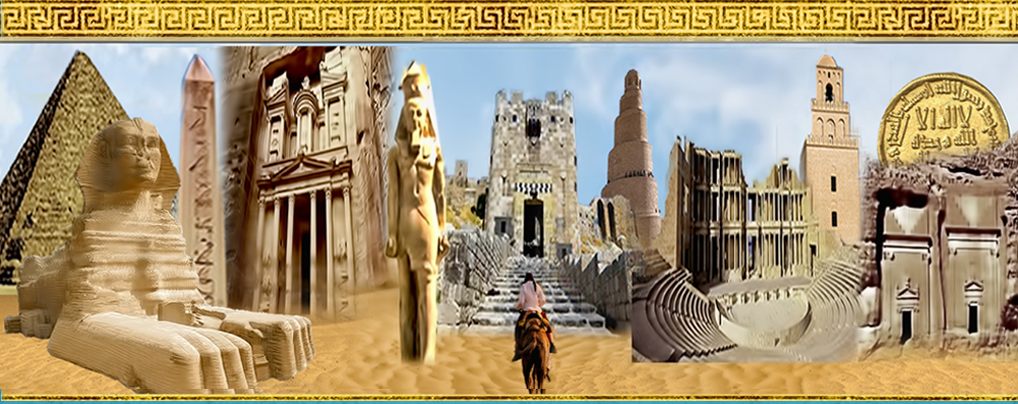Journal of the General Union of Arab Archaeologists

Abstract
وظيفة وهُوية الوكيل «الإيكونوموس» : دراسة تحليلية لغوية للوثائق القبطية [AR]
تعتبر دراسة الوثائق القبطية من أهم المصادر التى يمكن الإعتماد عليها فى التعرف على ملامح الحياة اليومية للأقباط. وقد ذخرت الوثائق القبطية بكثير من النصوص التى توثق وتوضح ماهية «الإيكونوموس«، لذا يقدم هذا البحث دراسة شاملة لهذا المصطلح الذى يعنى الوكيل، والذي يمكن وصفه بدقة على أنه لقب وظيفي لأحد رجال الدين الذي يقوم بمجموعة من الأعمال الديرية والكنسية الهامة. وقد أوضح البحث أن مسؤوليات الوكيل كثيرة ومتنوعة وتتمثل فى كونه مسؤول مالى وإدارى كبير يقوم بكافة المعاملات المالية والادارية المتعلقة بموارد وممتلكات الدير، كما كان له دور دينى كبير، فضلاً عن مسؤوليته كأمين الخزانة، ذلك بالإضافة إلى عقد دراسة مقارنة بين مفهوم ووظيفة هذا اللقب منذ بداية ظهوره فى الوثائق القبطية وتطوره مع مرور الزمن. وأخيراً يهدف البحث إلى رسم تصور لأحد جوانب الحياة الرهبانية والتعرف على الأنشطة الكنسية التى كانت تمارس ومن ثم إلقاء الضوء على كيفية إدارة وتنظيم الأقباط للأديرة والكنائس فى الفترة ما بين القرن الخامس حتى القرن الحادي عشر الميلادي.
[EN] The study of Coptic documents is considered as one of the most important sources that can be relied upon to give a glimpse into the Copts’ daily life. The Coptic documents are replete with many texts that document and clarify the identity of the «Oikonomoc«, so this research presents a comprehensive study of this term which means steward. This can be accurately described as the job title for a clergyman who performs a number of important monastic and ecclesiastical tasks. The research explained that the responsibilities of the steward were many and varied, namely a high financial and administrative officer who performed all financial and administrative transactions related to the resources and properties of the monastery and he also had a great religious role, as well as his responsibility as treasurer. This is in addition to conducting a comparative study between the concept and function of this title since the beginning of its appearance in Coptic documents and its development over time. Finally, the research aims to draw a perception of one of the aspects of monastic life, identify the ecclesiastical activities that were practiced and then shed light on how the Copts managed and organized monasteries and churches in the 5th century AD until the 11th century AD.
Recommended Citation
Abd El- Rahman, Walaa Ali
(2022)
"THE FUNCTION AND IDENTITY OF THE STEWARD «Oikonomoc» A LINGUISTIC ANALYTICAL STUDY OF COPTIC DOCUMENTS,"
Journal of the General Union of Arab Archaeologists: Vol. 7:
Iss.
2, Article 8.
Available at:
https://digitalcommons.aaru.edu.jo/jguaa/vol7/iss2/8

